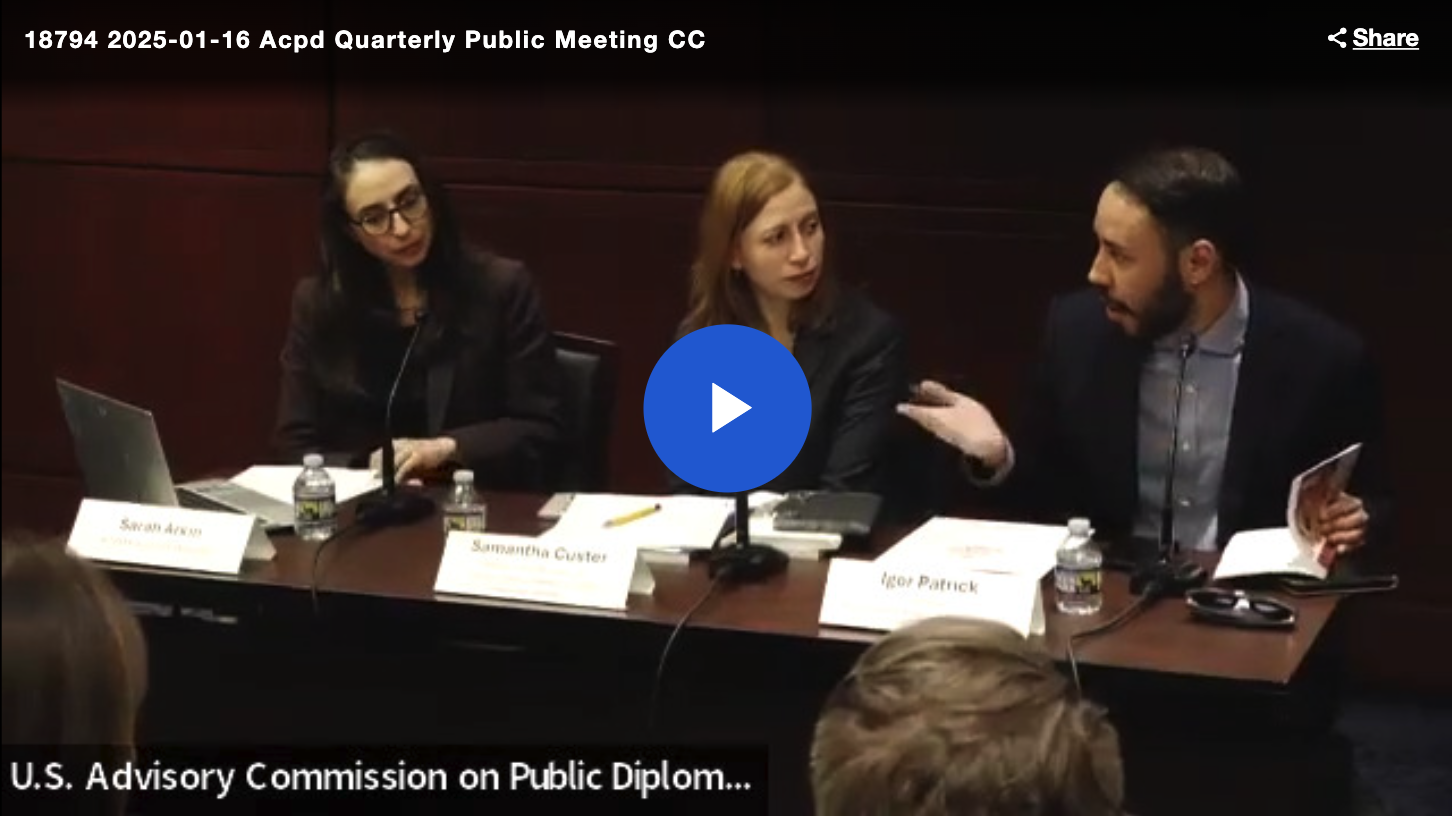
Corridors of Power: How Beijing uses economic, social, and network ties to exert influence along the Silk Road
Date Published
Dec 13, 2021
Authors
Samantha Custer, Justin Schon, Ana Horigoshi, Divya Mathew, Bryan Burgess, Vera Choo, Amber Hutchinson, Austin Baehr, Kelsey Marshall
Publisher
Citation
Custer, S., Schon, J., Horigoshi, A., Mathew, D., Burgess, B., Choo, V., Hutchinson, A., Baehr, A., and K. Marshall (2021). Corridors of Power: How Beijing uses economic, social, and network ties to exert influence along the Silk Road. Williamsburg, VA. AidData at William & Mary.
Version 1.0.1 Update. This version corrects labels for Figure 5 that were mistakenly switched in the previous version.
Abstract
Russian language version
This report analyzes Beijing’s efforts to cultivate economic, social, and network ties with 13 countries in South and Central Asia (SCA) over two decades. These ties foster interdependence with the PRC that have the potential to both empower and constrain SCA countries, while threatening to displace or diminish the influence of regional rivals such as Russia, India, and the United States. We marshal a robust set of qualitative and quantitative data to answer four critical questions: (i) How far does Beijing’s public diplomacy footprint extend within countries? (ii) To what extent does the PRC synchronize its economic and soft power tools in reinforcing ways? (iii) Is the PRC well-positioned to adapt its public diplomacy in the face of external shocks such as COVID-19? (iv) How do citizens in SCA countries view the PRC versus other great powers and do these attitudes diverge from their leaders? The answers to these questions provide an evidence base to inform contemporary debates about Beijing’s multi-dimensional influence playbook and how citizens respond to great powers jockeying for primacy in the region.



















